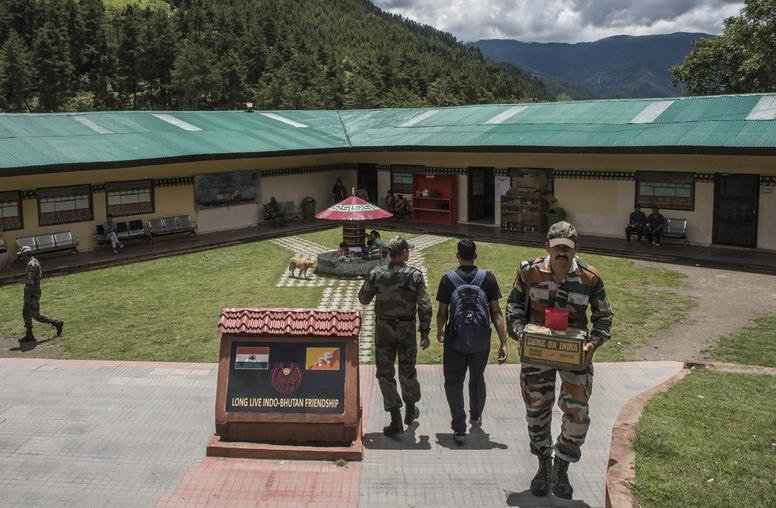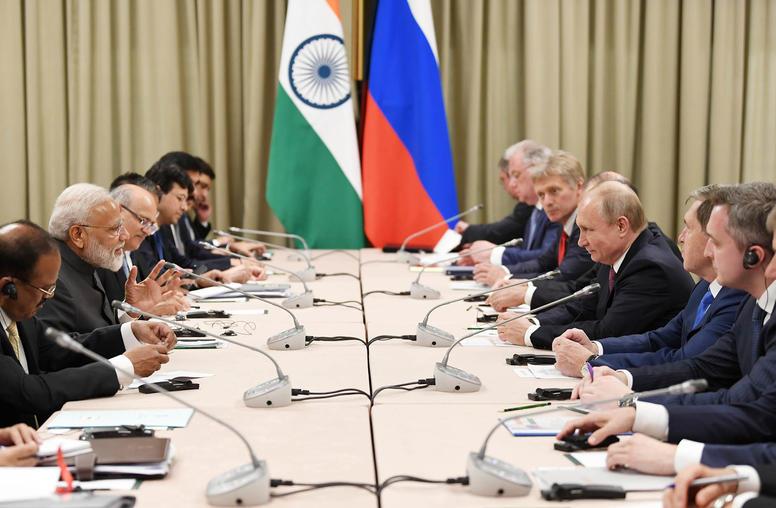Dialogue with Youth Peacebuilders and the Dalai Lama
Generation Change Exchange with His Holiness the Dalai Lama
The U.S. Institute of Peace and His Holiness the Dalai Lama have joined to strengthen the abilities of youth leaders to build peace in the world’s most violent regions. On October 23 and 24, 2019, USIP and the Dalai Lama hosted a fourth annual dialogue with 28 youth peacebuilders from 12 countries across the globe. Many of these countries face the world’s deadliest wars, as well as campaigns by extremist groups to incite youth to violence. These leaders are among their countries’ most effective peacebuilders. The dialogue with the Dalai Lama helps them to build the personal resilience they need to work against the tensions or violence in their homelands.
Hear more from these youth leaders as they discussed the unity of peace, justice and inclusion, and what they hope Sustainable Development Goal 16 can do for their countries, following their exchange with each other and the Dalai Lama.
The world’s most violent conflicts are being fought within its most youthful populations. In the five countries that suffered nearly 80 percent of recent deaths from violent extremism (Syria, Iraq, Afghanistan, Pakistan and Nigeria), half of all people are younger than 22. It is the youth of such countries that ISIS, al-Shabab and other extremist groups recruit for violence via the internet, social media and religious messengers. Breaking this pattern requires leadership from within the younger generations being targeted—a principle increasingly recognized by the international community, including the United Nations Security Council in 2015. These youth peacebuilders often face powerful forces driving conflicts in their countries toward violence, and they even may face threats of suppression or violence.
Few world leaders can understand these youth peacebuilders’ experiences as fully as His Holiness, who at age 15 was thrust into the leadership of his people as they faced the traumas of war. Like some of the participants, he fled his country as a refugee and has lived for years in exile.
In Dharamsala, the youth leaders share their experiences and ideas on improving their communities’ abilities to manage conflict nonviolently, notably by drawing on human values of compassion and their communities’ own resources. They hold dialogues with the Dalai Lama on ways to build inner strength for their work. They are also trained in prejudice reduction, leadership, and conflict management as Generation Change Fellows, a community of youth peacebuilders building bridges across divides in their communities.
Learn more about the Generation Change Exchange with His Holiness the Dalai Lama. The program is made possible in part by support from GHR Foundation, which shares USIP's belief in the critical importance of engaging youth as leaders.



